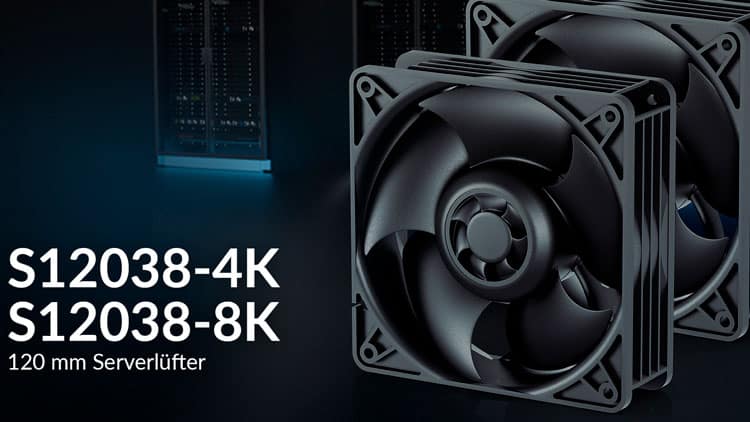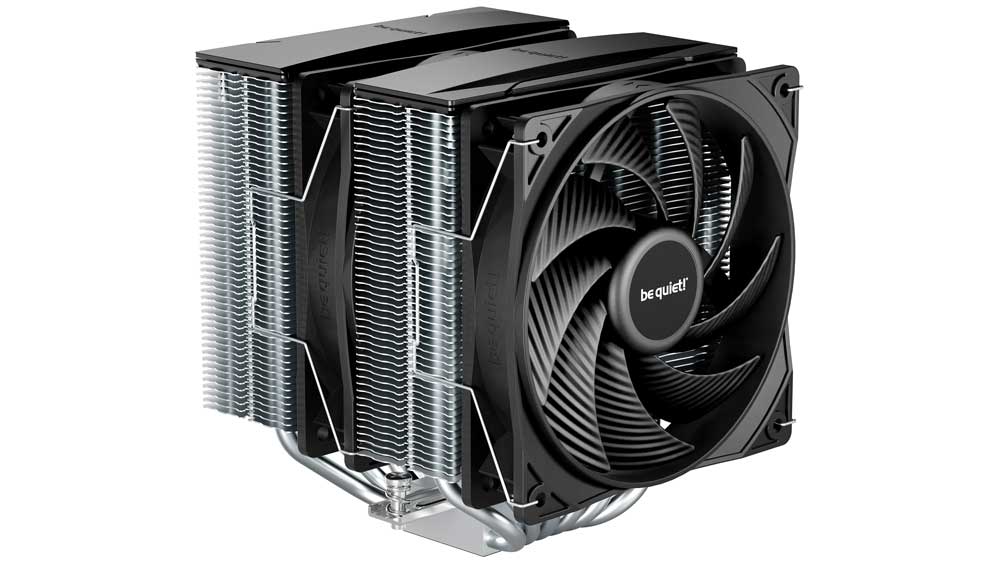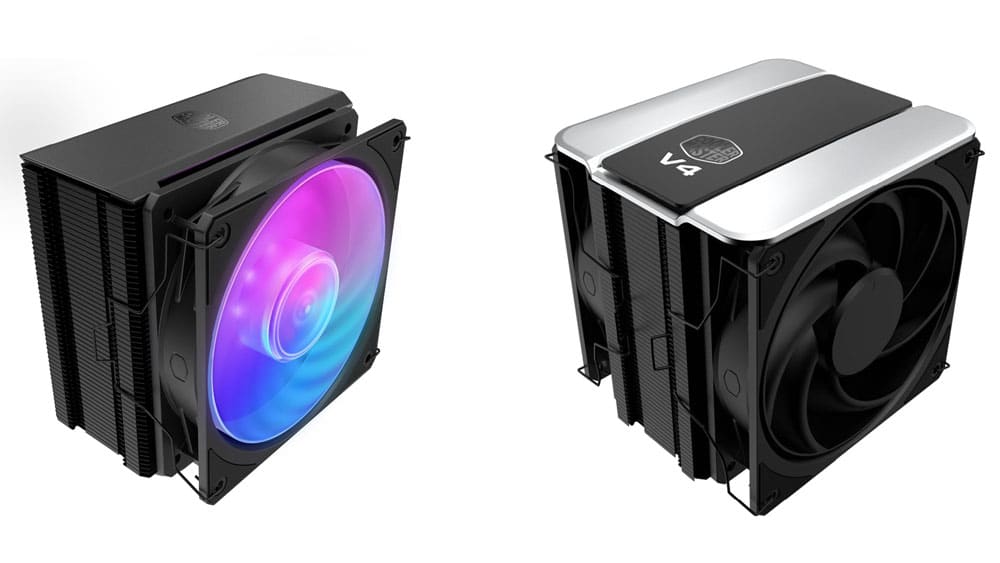Frequency Plots
10% Fan Speed
- Peak frequency: 800 Hz
- 2nd Peak frequency: 1000 Hz
25% Fan Speed
- Peak frequency: 500 Hz
- 2nd Peak frequency: 400 Hz
50% Fan Speed
- Peak frequency: 400 Hz
75% Fan Speed
- Peak frequency: 250 Hz
- 2nd Peak frequency: 800 Hz
- 3rd Peak frequency: 500 Hz
100% Fan Speed
- Peak frequency: 630 Hz
- 2nd Peak frequency: 315 Hz
Signal Recordings
I have recorded the signals shown above, but please keep in mind that I’ve enabled Automatic Gain Control (AGC) to do so to make it easier for you to reproduce them. The provided recordings are only offered for aural identification purposes.
10% Fan Speed
25% Fan Speed
50% Fan Speed
75% Fan Speed
100% Fan Speed
Pages:








Is that secondary impeller noticeably adding harmonics, particularly that major 3rd? I’m actually curious if this thing has sound design characteristics I might want to experiment with.
please check the frequency analysis I conducted for that.
Hi @crmaris can you please tell me what size screws I would need to mount this fan on an AIO radiator?
It is 38mm thick so 45mm long I would say.
Besides the thickness, is there any reason the home enthusiast should not consider these the best watercooling radiator fans for low noise? Less optimal noise frequencies than its competitors?
The thickness is the major issue for most cases, with limited internal space.
That mechanical clicking in the low speed recording sounds like it could get *pretty* irritating.
As someone who tried using these (8K variant) fans for home PC cooling, I can confirm that clicking noise is VERY irritating already at ~1K RPM. I bought pack of 3, and each of them sounded like this – mounted, not mounted, held by hand, etc. Clicking becomes tolerable around 400-500 RPM, but listening closely they’re still pretty noisy compared to others, and at this point there’s no advantage in using these fans over anything that came pre-installed with case. Too bad, because overall they’re really cool and with such static pressure would be perfect for a crowded PC.